“Just use a moisturiser” honestly, it seems like a pretty simple task but have you ever just tried to shop for a moisturiser? (It can feel as overwhelming as when you’re forced to pick a new nail colour at the nail salon.) Not to mention how annoyed your skin can get when you settle for the wrong one.
The moisturiser that you choose and use on your skin matters. Plus, it’s not really a skincare product in your routine you can just kick to the curb. Skin loves to be hydrated and a good moisturiser can and will help you put moisture into the skin, as well as prevent it from evaporating.
And yes, even if you do have an oilier skin type, you still need to be using a moisturiser, all skins need a moisturiser. You just need to find one designed to help tackle your concerns. Which, as a Dermal Clinician, kind of feels easier said than done. Let me share a few key things to consider when shopping for the right moisturiser.
Firstly though, the actual word ‘moisturiser’ can be used to describe a few different consistencies including: gels, creams and even occlusive ointments, however, the emollient properties in each of these products is what works to keep your skin soft and smooth.
If you have a drier or more sensitive skin you might want to go for an occlusive ointment, while creams (which may have a higher oil content) are great for most skins, and lighter gels (which are usually water based) are better for skins that tend to produce more oil, or are acne/congestion prone.
And if that isn’t confusing enough, you can also switch up the types of moisturisers you want to be using both morning and night depending on personal preference. But there is no need for everyone to do this. Only if it is something you like to do, and it aligns with your budget and lifestyle.
I do want to mention here that unless your “night cream” contains an active ingredient like vitamin a, it is important to note that the term “night cream” is mostly used as a marketing ploy and carries no real meaning, except that perhaps these creams tend to use a higher concentration of ingredients that might provide a bigger boost of moisture before bed.
So, what do we need to look for in a moisturiser?
Drier skins: can go for heavier moisturising creams with ingredients such as glycerin and hyaluronic acid to help attract water to the skin alongside occlusive ingredients that might include lanolin or petrolatum to help lock in moisture.
Oilier skins: might prefer a more water based gel, with ingredients like clover flower extract that can help balance oil production. Even gentle alpha-hydroxy acids may also be beneficial for these skins.
All skins can benefit from additional age management ingredients such as antioxidants and/or ceramides and even calming ingredients such as green tea and/or niacinamide and licorice root.
And sensitive skins should try to steer clear of fragrances.
Ps. moisturisers with SPF 30+ or above are great for the morning (and those that are time poor too).
But what about common moisturising mistakes?
If you feel like you’ve got the right moisturiser but you are either a) still breaking out or b) it feels like it’s not working, there could be a few different reasons why:
- You might be over-moisturising with the wrong product and/or layering too many things together. This can lead to blackheads, clogged pores, bumpy skin and even an over-production of oil. This is most commonly an issue for oilier skins, as excess moisture can result in excess sebum. (Cleansing and removing your makeup properly, as well as exfoliating correctly is an important piece of the puzzle here. Your skin can only absorb so much!)
- If you’re getting milia from your moisturiser then that is a sign that your moisturiser is too heavy for your skin and you need to swap to something lighter. (You shouldn’t try to ‘pop’ these spots either, they will go away on their own. And if they don’t, it’s best to get them extracted in a clinic.)
- Your other skincare products may not be performing. You may be overusing harsh active ingredients, and therefore dealing with a damaged skin barrier. Perhaps you’re layering products incorrectly, or even over/under exfoliating which means your skincare can’t sink in nicely and do what it wants to do.
- Hydrating with humectants only, or hydrating with occlusives only. Most skins need both.
Though, we can’t always blame our products. There are lifestyle and dietary factors that come into play when we talk about skin hydration and moisturisation, so it’s always best to seek advice from an expert before overhauling your product lineup and routine.




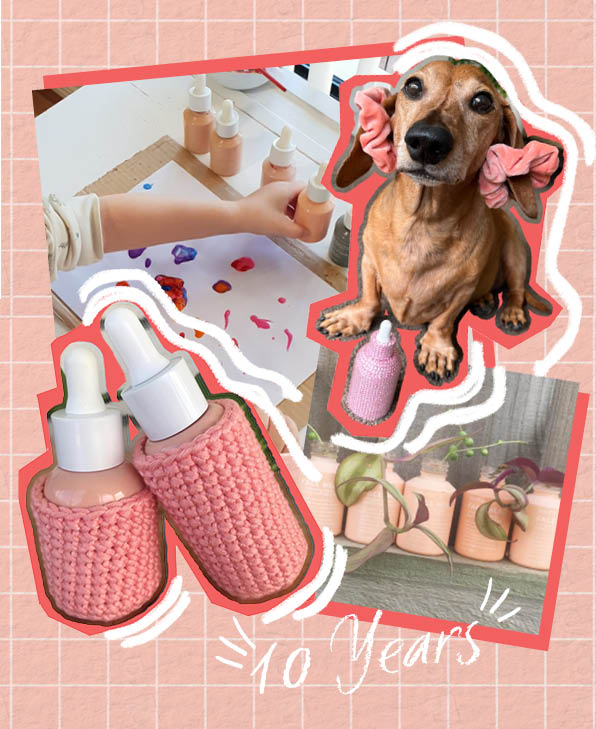

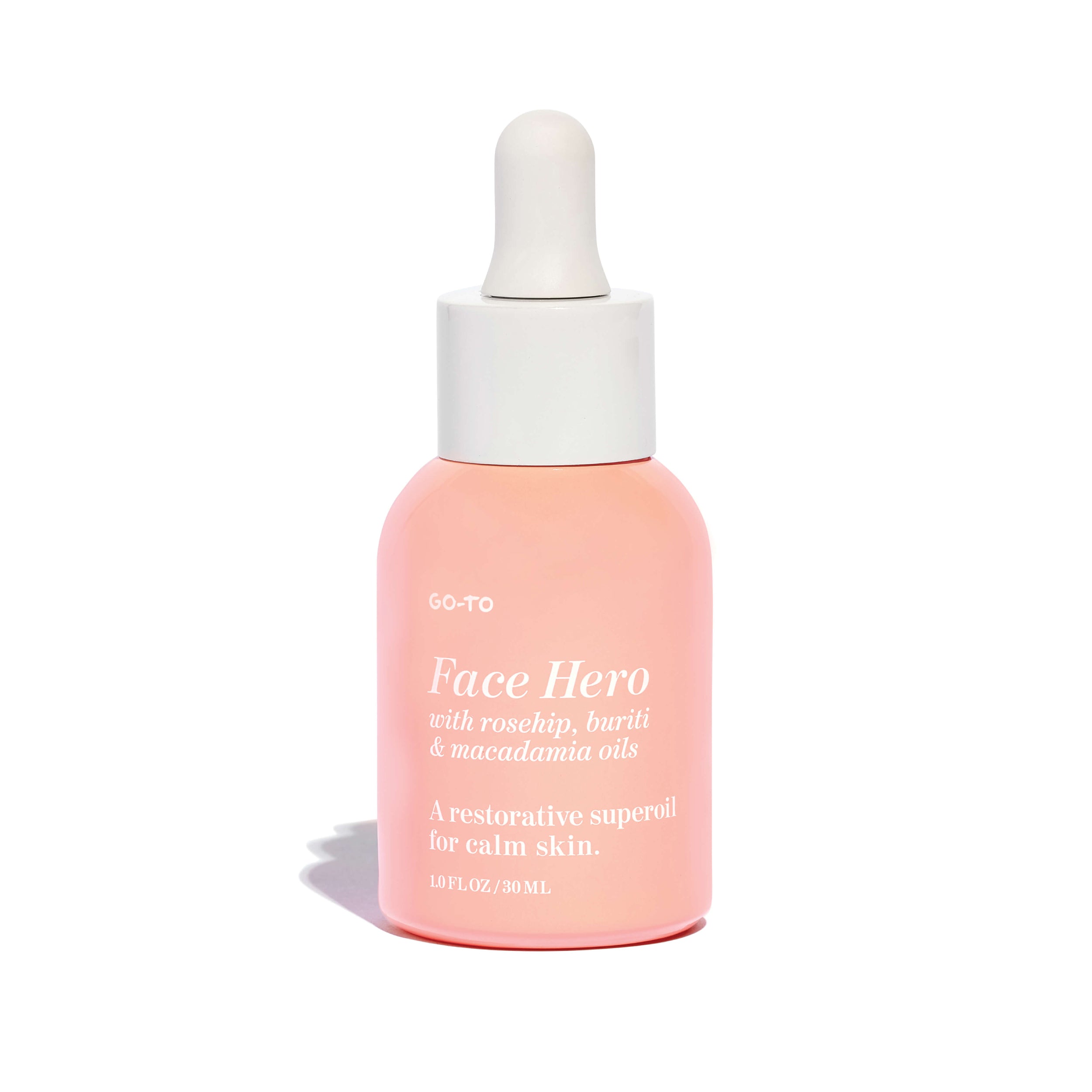


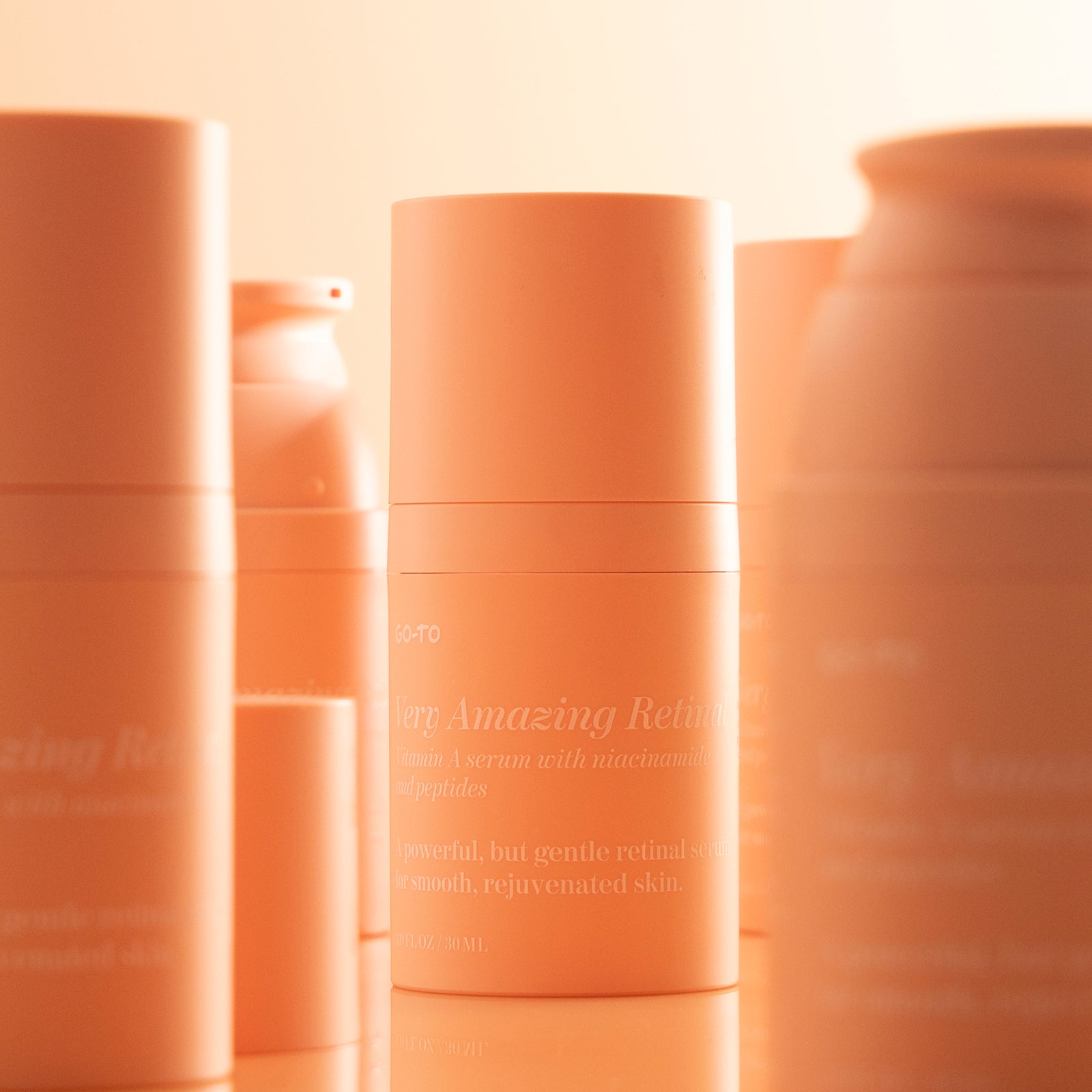
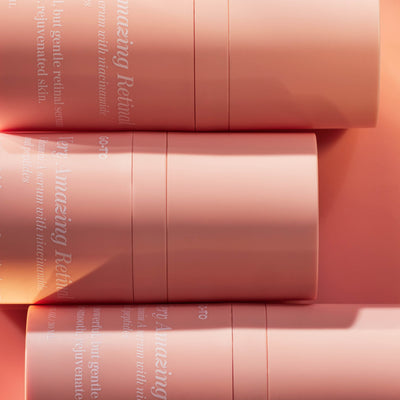

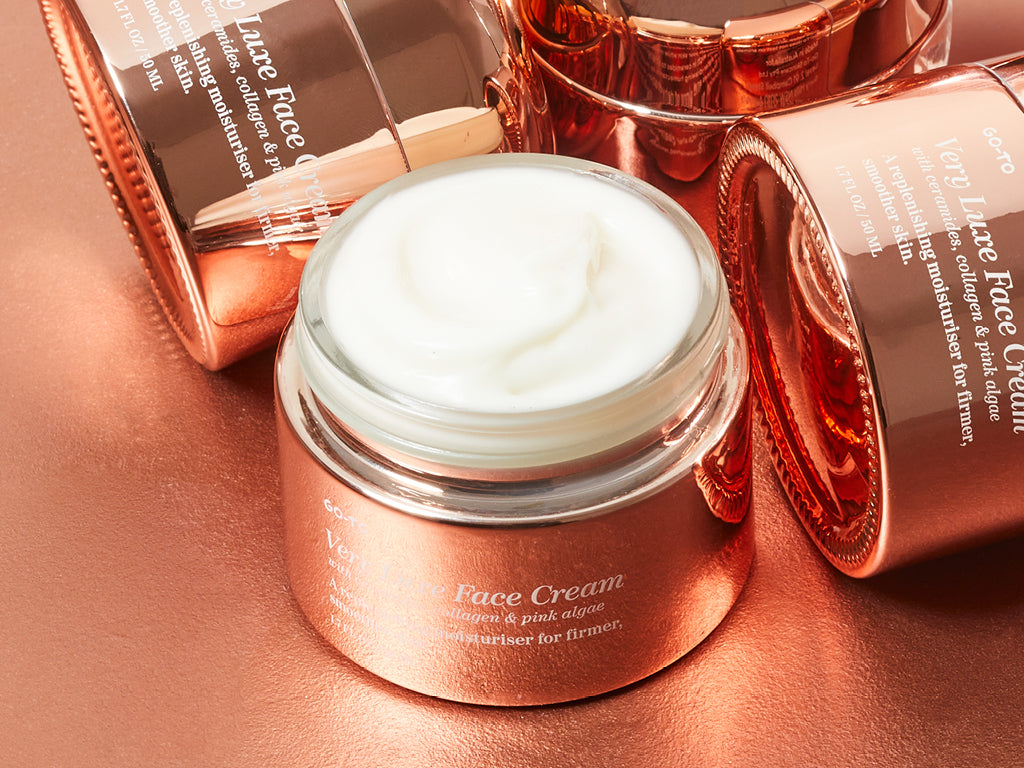

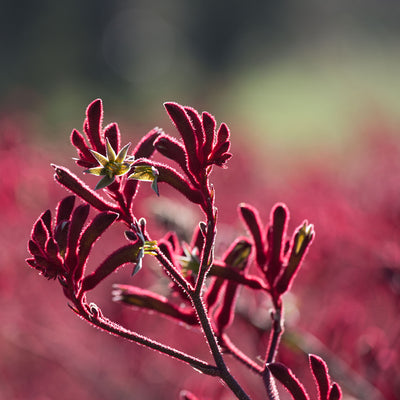
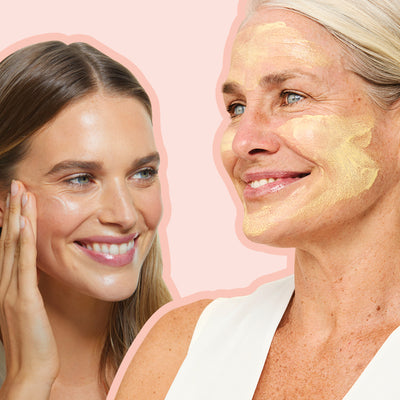
Comments